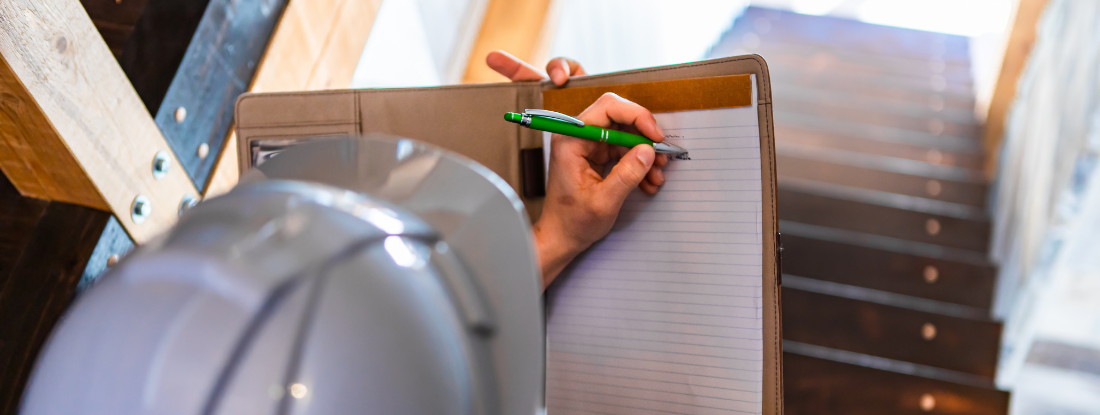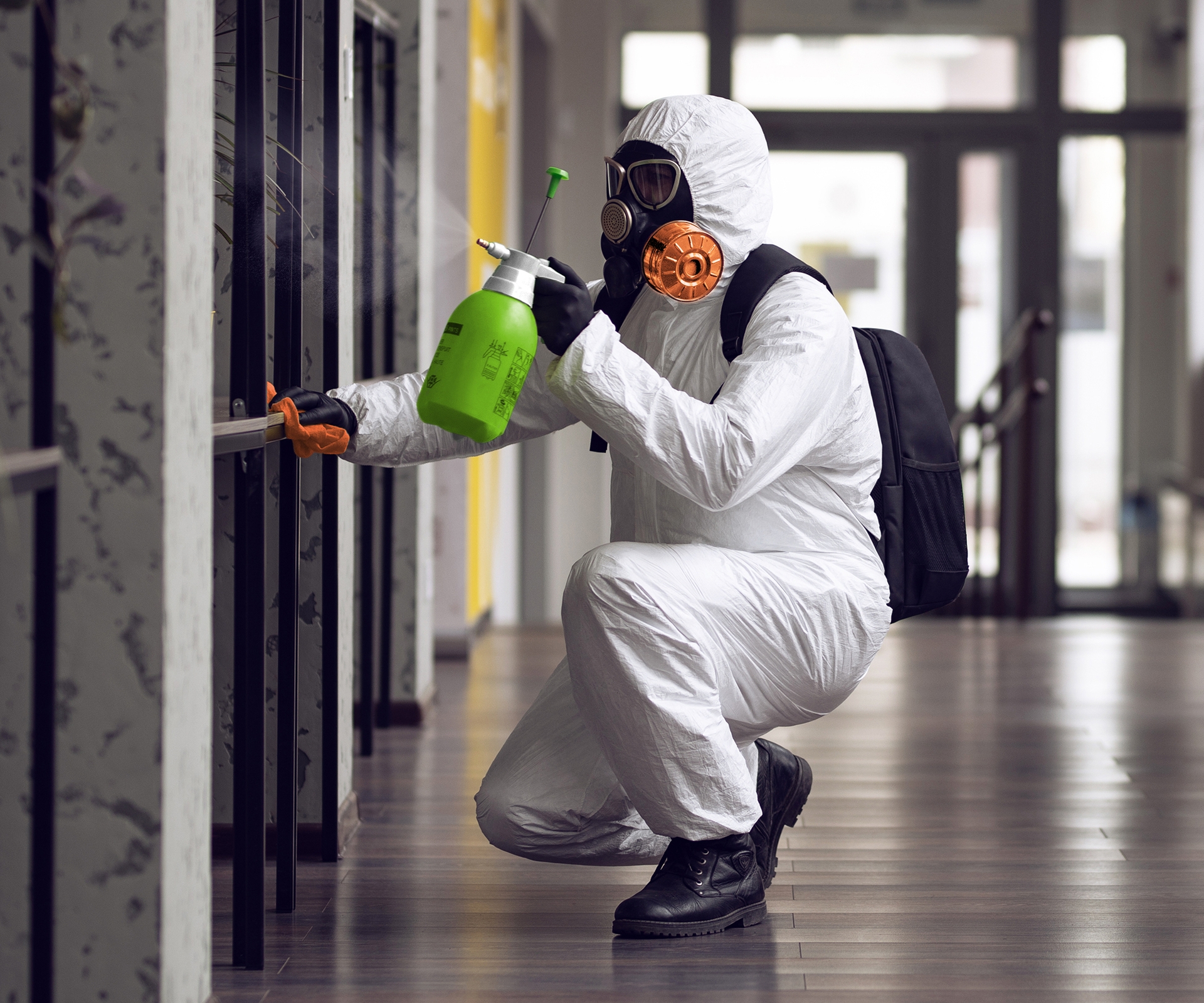Effective Article Mold And Mildew Remediation Solutions for Your Home
Mold growth in homes can be a persistent concern, usually needing a methodical strategy for effective post-remediation options. From comprehending the variables that contribute to mold advancement to carrying out proper cleansing strategies and wetness control actions, the process can be complex yet important for preserving a healthy living environment. Post Remediation verification.
Understanding Mold Development Variables
Mold and mildew growth is influenced by a variety of elements that are vital to understand in order to successfully address and stop its spreading. Recognizing these aspects is vital in executing effective mold removal approaches. The key factor contributing to mold development is moisture. Mold and mildew spores need moisture to prosper and sprout, making damp or humid settings very vulnerable to mold infestations. Poor ventilation can also bring about moisture buildup, developing a perfect reproduction ground for mold.

Additionally, airflow and light direct exposure can impact mold and mildew development. Areas that do not have correct air flow and all-natural light are much more vulnerable to mold advancement. By addressing these variables thoroughly, people can effectively alleviate mold and mildew growth and protect their living settings.
Proper Mold Cleansing Techniques
Making use of reliable cleansing approaches is necessary in addressing and avoiding the recurrence of mold contamination in interior atmospheres. The very first step in proper mold cleansing is to include the affected location to prevent the spread of spores to uncontaminated areas.

Executing Wetness Control Measures
To efficiently protect against mold development and contamination in indoor atmospheres, implementing moisture control procedures is paramount. In addition, guaranteeing correct ventilation in locations susceptible to moisture build-up, such as shower rooms and kitchens, can assist lower the danger of mold and mildew growth. By carefully implementing these wetness control measures, house owners can effectively minimize the chance of mold recontamination and preserve a healthy and balanced indoor setting.
Using Natural Removal Solutions
After efficiently executing wetness control measures to avoid mold and mildew development in indoor environments, go right here house owners can currently explore the efficiency of all-natural removal solutions in maintaining a healthy space. All-natural remediation options make use of eco-friendly techniques to deal with mold and mildew and mildew, making them a prominent option for those looking for safe options. One such remedy is making use of vinegar, a natural antimicrobial agent, to disinfect and clean surfaces polluted by mold. Just weaken vinegar with water and spray it onto the influenced areas, allowing it to rest for a couple of hours before wiping tidy. In addition, tea tree oil, known for its antifungal homes, can be blended with water and sprayed onto mold-infested surfaces to prevent additional growth. Another natural option is hydrogen peroxide, which can effectively eliminate mold and mildew on have a peek at this website numerous surface areas without leaving dangerous deposits behind. By integrating these natural remediation solutions right into their cleansing regimens, house owners can successfully deal with mold growth while advertising a much healthier interior atmosphere for themselves and their families.

Keeping a Mold-Free Environment
In order to protect against mold reoccurrence and make certain a continually mold-free setting, it is necessary for home owners to carry out aggressive upkeep practices. Regularly examining locations susceptible to mold and mildew growth, such as bathrooms, kitchen areas, attic rooms, and cellars, is critical. Addressing any type of leaks, water damage, or excess wetness promptly can significantly lower the risk of mold development. Post Mold remediation cleaning. Appropriate air flow in areas with high humidity degrees is likewise crucial to avoid mold and mildew development. Using dehumidifiers or exhaust fans can help preserve ideal wetness levels and dissuade mold spores from thriving.
In addition, keeping tidiness in the home is crucial for mold and mildew prevention. Keeping indoor plants in check and ensuring appropriate water drainage in outdoor landscaping can minimize wetness build-up, lowering the probability of mold infestations.
Conclusion
To conclude, it is vital to deal with mold development factors, make use of appropriate cleansing methods, carry out moisture control procedures, make use of all-natural remediation services, and maintain a mold-free setting in order to efficiently manage article mold and mildew removal in your home - testing air quality after mold remediation. By complying with these techniques, you can avoid mold from repeating and guarantee a healthy living setting for you and your household
The main element adding to mold and mildew development is dampness. Mold and mildew spores require moisture to sprout and prosper, making wet or damp settings extremely prone to mold infestations.To properly avoid mold growth and contamination in original site indoor environments, applying dampness control actions is critical. In addition, ensuring correct ventilation in areas prone to moisture accumulation, such as cooking areas and restrooms, can assist decrease the risk of mold development.After successfully implementing wetness control actions to avoid mold and mildew development in interior atmospheres, house owners can now explore the performance of natural remediation solutions in maintaining a healthy living area.